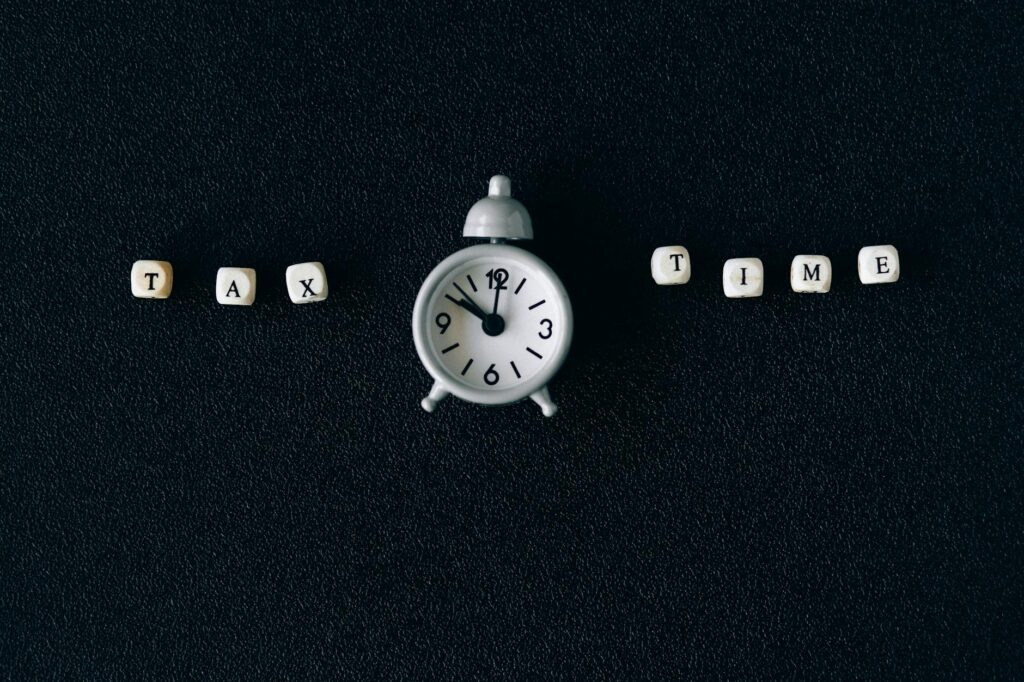What is focus blocks?

What is focus blocks?
In a fast-paced world where distractions are everywhere, maintaining productivity can feel like an uphill battle. Enter focus blocks—a structured approach to managing your time and tasks that can significantly enhance your productivity. Focus blocks allow you to dedicate specific periods to particular tasks, minimizing distractions and optimizing your workflow. Let’s explore how implementing this technique can transform your productivity game.
Understanding Focus Blocks
To grasp the concept of focus blocks, we first need to break it down.
Definition of Focus Blocks
Focus blocks are designated periods during which you concentrate solely on a specific task. This method is the antithesis of multitasking. Instead of juggling multiple tasks, you focus deeply on one, allowing for a more effective and efficient workflow. Think of it as putting on blinders: you narrow your attention to what’s in front of you, reducing the noise of everything else. If you want to learn more about this productivity technique, check out the detailed insights on focus blocks from Clockwise.
Historical Context
The concept of focus blocks isn’t entirely new. It draws inspiration from traditional time management strategies like the Pomodoro Technique, which encourages work in set intervals followed by short breaks. Over time, as the workplace became more digital and distractions grew, the idea evolved into focus blocks, emphasizing not just time management but the quality of focus during work periods. By understanding this evolution, you can appreciate how focus blocks fit into the broader context of productivity strategies.
How Focus Blocks Work
Implementing focus blocks is straightforward but requires discipline. Here’s how it typically functions:
- Duration: Focus blocks can vary in length, often ranging from 25 to 90 minutes, depending on the task and your personal concentration levels.
- Frequency: You can schedule several focus blocks throughout your day, interspersed with breaks to recharge. For example, you might work for two focus blocks, followed by a longer break.
- Goal Setting: Each block should have a clear objective to keep your efforts directed and purposeful.
By giving yourself permission to focus deeply for a set time, you can often accomplish more than you would in a whole day of distracted work.
Benefits of Using Focus Blocks
Incorporating focus blocks into your daily routine offers numerous advantages.
Enhanced Concentration and Focus
One of the most immediate benefits of focus blocks is improved concentration. By isolating tasks and silencing distractions, you can enter a state of deep work. This heightened focus allows you to tackle tasks that require more cognitive effort, leading to a more satisfying work experience. The concept is supported by research that highlights the negative impact of multitasking on performance.
Increased Productivity
When you dedicate time to specific tasks without interruptions, it’s no surprise that productivity skyrockets. Many individuals report that they complete tasks in half the time during focus blocks compared to their usual, distracted working hours. This is not just anecdotal; studies show that structured work periods lead to better output. If you want to read more about how to maximize your time, check out this resource on effective time management strategies.
Better Work-Life Balance
Implementing focus blocks can also help achieve a healthier work-life balance. By organizing your day into focused work sessions and breaks, you create a structure that encourages you to disengage from work at the end of the day. This structure not only improves your productivity but also preserves your mental well-being, allowing you to enjoy your personal time without the nagging feeling of unfinished tasks.
Implementing Focus Blocks in Daily Life
Now that you understand the benefits, how do you integrate focus blocks into your routine? Here are some practical tips.
Setting Clear Goals for Each Block
Before you start a focus block, define what you want to achieve during that time. Whether it’s completing a report, studying for an exam, or tackling emails, having a clear target helps keep you on track. Write these goals down to make them more tangible.
Choosing the Right Environment
Your workspace plays a crucial role in your ability to concentrate. Create an environment conducive to focus. This might mean decluttering your desk, using noise-canceling headphones, or finding a quiet spot away from distractions. The goal is to design a workspace that minimizes interruptions and promotes creativity.

Photo by Nataliya Vaitkevich
Using Tools and Techniques
There are several tools available to enhance your focus during blocks, such as timers, productivity apps, and even browser extensions that block distracting sites. Experiment with different tools to find what helps you maintain focus. For example, apps like Toggl or Forest can help you keep track of your focus blocks effectively.
Challenges and Solutions in Focus Blocks
While focus blocks can be incredibly effective, they aren’t without challenges.
Overcoming Distractions
Distractions will always be a part of life, but you can take steps to minimize them. Start by identifying your biggest distractions—whether it’s your phone, social media, or even coworkers—and develop strategies to manage them. Consider turning off notifications, using website blockers, or setting boundaries with colleagues during your focus blocks.
Maintaining Motivation and Momentum
Sometimes, even with the best intentions, maintaining motivation can be tricky. If you find your energy waning, try changing up your tasks or switching to a different focus block. Mixing creative tasks with more monotonous ones can keep your brain engaged. Additionally, rewarding yourself after completing a block can reinforce positive behavior.
Conclusion: Adopting Focus Blocks for Productivity
Focus blocks represent a powerful tool in the quest for better productivity. By dedicating time to singular tasks, you enhance concentration, boost productivity, and foster a healthier work-life balance. The key is to experiment with this technique and tailor it to fit your personal and professional needs. Give focus blocks a try, and who knows? You might just discover a new way to tackle your tasks effectively.